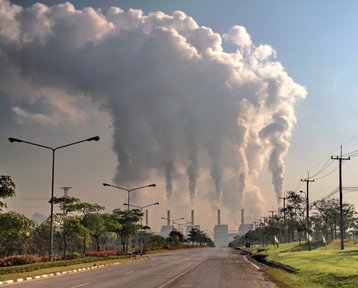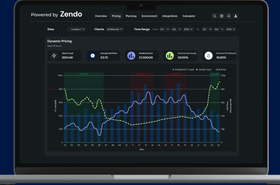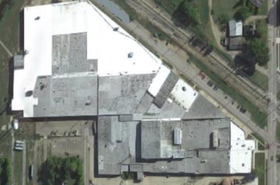The North American Electric Reliability Corp (NERC) has found that aging coal plants are still seeing rising weighted equivalent forced outage rates (WEFOR).
In 2023, the WEFOR was around 12 percent, while the average between 2014 and 2022 was 10 percent, according to the NERC 2024 State of Reliability report.
According to Jack Norris, performance analysis engineer with NERC, this is a significant increase.
“While this two percent difference may not sound like a big change, for reference, most other unit types have remained within a percentile over the same period, and this is a continuation of increasing WEFOR rates for coal that we've been seeing over the last several years,” Norris said.
According to the NERC report, this increase in WEFOR coincides with industry reports that there has been "reduced maintenance on older coal units" which are being phased out, along with increased cycling to accommodate variable energy resources.
In addition to the increased WEFOR rate for coal plants, a similar increase is in wind generation facilities. The last year saw a rate of 18.9 percent, 0.8 percent more than in 2022.
The report also found that inverter-based resource ride through presented issues, where in solar, wind, or battery generation could trip offline. For example, there were events in 2022 and 2023 that saw a loss of output from both solar and battery plants.
Despite the findings, in general, the reliability metrics show that throughout 2023, the grid was successful in getting power to end users and remained "reliable and resilient."
Additionally, there was no firm load shedding during energy emergencies, and quick recovery times during the severe storms in the US and wildfires in Canada.
The NERC report noted that some of this performance was due to relatively mild weather and enhanced preparation measures. A different NERC report - the 2024 Summer Reliability Assessment Report - warned that heat waves and other extreme weather events this summer could leave areas of the US and Canada short of power. The areas identified as most at risk included Texas and the Midwest.
The US grid is experiencing increasing strain as power demand is growing across the nation. This year has seen the Department of Energy proposing new transmission corridors to enable the rapid expansion of the power grid to meet demand and has also put out a call for bids to build $1.2bn of new power transmission capability.







